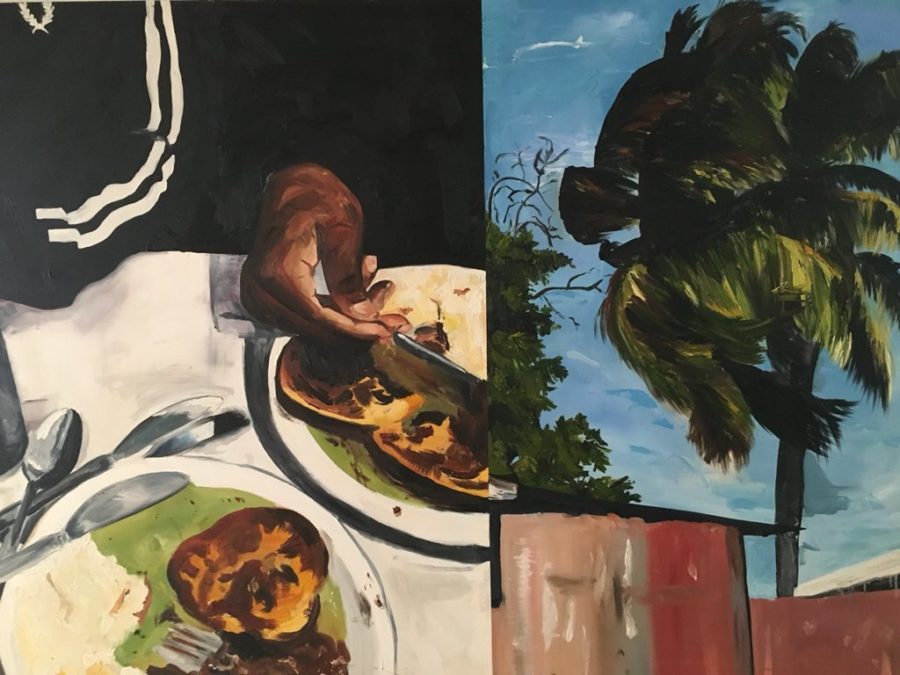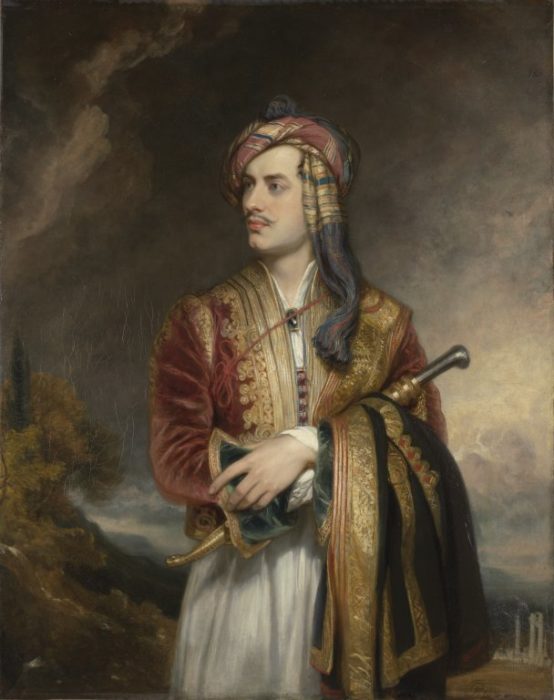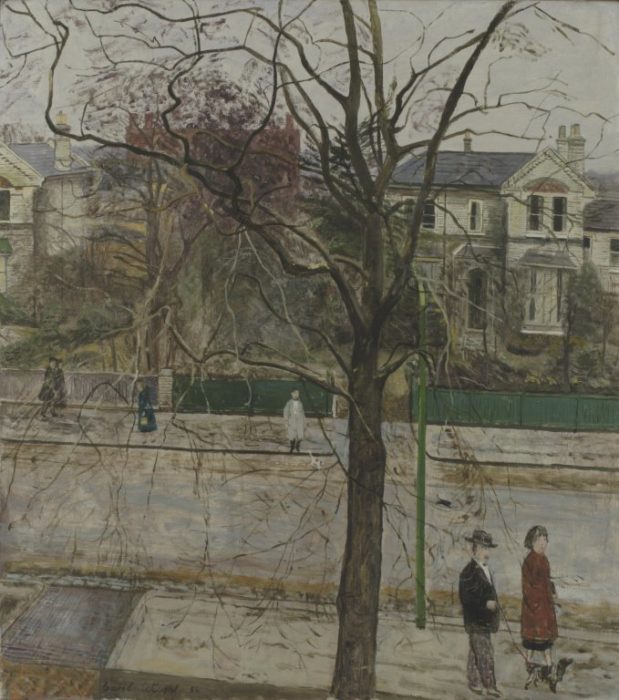17th August 2018 London,UK
The Government Art Collection

After four fascinating years as ambassador in Romania, I started a new role last month as Head of Soft Power and External Affairs Department in the FCO Communication Directorate. I thought it would be interesting to use this blog to explore the sources of British soft power and its complex relationship to government.
Exploration started with our walls. The Government Art Collection (GAC) includes more than 13,500 works of mostly British art, covering the period from the 16th century to the present, and ranging from oil paintings to textiles, sculptures to videos. The works of art in the collection are displayed in government buildings across the United Kingdom and in British Embassies and High Commissions overseas, making this the most dispersed public collection of British art in the world.
Their London headquarters is not the easiest building to find. The directions I was given to the place made me smile: “turn right up the alley beside Cards Galore and stop before you get to Fitness First”. But the building inside was inviting, including a space currently given over to an exhibition of Commonwealth-themed works. I was drawn to Michaela Yearwood Dan’s Two, Twos, with its contrasting images of a pie and mash shop and a swaying Caribbean palm tree, as an evocative statement of the close family ties between Britain and the Caribbean.
Longstanding Director Penny Johnson explained to me that the GAC would shortly be moving to new premises close to Whitehall, where it would be more accessible to casual visitors. But visiting the GAC, while of great interest, is not of course its central purpose, and around two-thirds of the collection is always out on show, the majority of that overseas.
The GAC traces its origins back to 1898, when the Treasury authorised the Office of Works to purchase art for government buildings and to care for what had been acquired. Correspondence from the following year commends the purchase of portraits as physically large as possible, in order to “save a good sum in decoration”. The remit of the original collection extended only to government buildings in the UK, with a reliance placed on the personal wealth of those appointed to ambassadorial posts overseas to take care of artworks in Embassies. But by the 1930s, with increasing numbers of ambassadors coming from relatively more modest backgrounds, and a stronger focus on the importance of artworks which would reflect Britain’s prestige, this was increasingly untenable. Philip Sassoon, the First Commissioner of Works, lamented in a letter to the Lord Chamberlain in 1937 that “the modern ambassador is coming more and more to be the type of man who has not got, and cannot be expected to have, a large number of pictures of his own.” In 1935 the Treasury agreed a Picture Fund, initially set at £250 a year, to be spent on buying art for overseas missions. It acquired its current name, the Government Art Collection, only in 1981.
The choice of artworks at individual Embassies and High Commissions provides a fascinating case study of the use of British soft power. As a whole, the GAC promotes British art and artists. But individual artworks can highlight specific connections between Britain and the host country. An obvious example is Thomas Phillip’s 1814 canvas of Byron in exuberant Albanian costume, exhibited since the 1950s at the British Ambassador’s residence in Greece, where Byron is a national hero. A less obvious linkage is the display of Bridget Riley’s abstract work Reflection at our Embassy in Cairo: its colours were inspired by those used in ancient Egyptian wall painting.

The nature of acquisitions has changed over time. The swinging Sixties marked the start of a focus on modern British art, and in the following decade a “multiple prints” project involved the commissioning of mostly young artists to produce original works for reproduction. Contemporary art was at the centre of what the media dubbed the “Cool Britannia” era in the late 1990s, and artworks commissioned by the GAC for two major new Embassy projects during this period well reflected the spirit of the age. I vividly recall Michael Craig-Martin’s huge Lighthouse, dominating the entrance area of our Embassy in Moscow, from visits to that post. The painting is focused on a large torch, perhaps hinting at Britain as a beacon of light, though the depiction of a filing cabinet behind it seems suggestive of rather more humdrum Embassy work. And the atrium of our Embassy in Berlin is enlivened by Tony Cragg’s sculpture Dancing Columns, two dancing figures made of local sandstone. That Cragg is a Germany-based British artist further highlights the ties between the two countries.
In Bucharest, artworks in the Ambassador’s residence, my home for four years, reflected the history of our ties. One otherwise unremarkable London print still bore the evidence of fire damage to the previous residence building, from which it had been rescued, during the 1989 Romanian Revolution. Abraham Ortelius’s 1584 map of Romania would always attract the attention of Romanian guests, reflecting their interest in the complex historical evolution of their country. Though I never did identify a Romanian link to my personal favourite GAC artwork on display in Bucharest, Carel Weight’s Life in Putney, a placid autumnal suburban scene in which a couple walking their dog provides the focus of the action.

In promoting and presenting British art to influential audiences around the globe, and in highlighting our historical and cultural ties through carefully chosen artworks which illuminate our bilateral relationships, the work of the GAC plays an important part in the mobilisation of British soft power to support the development of our international friendships.
Great read and interesting, thorough analyses. Welcome back to the UK and enjoy the new role!
great